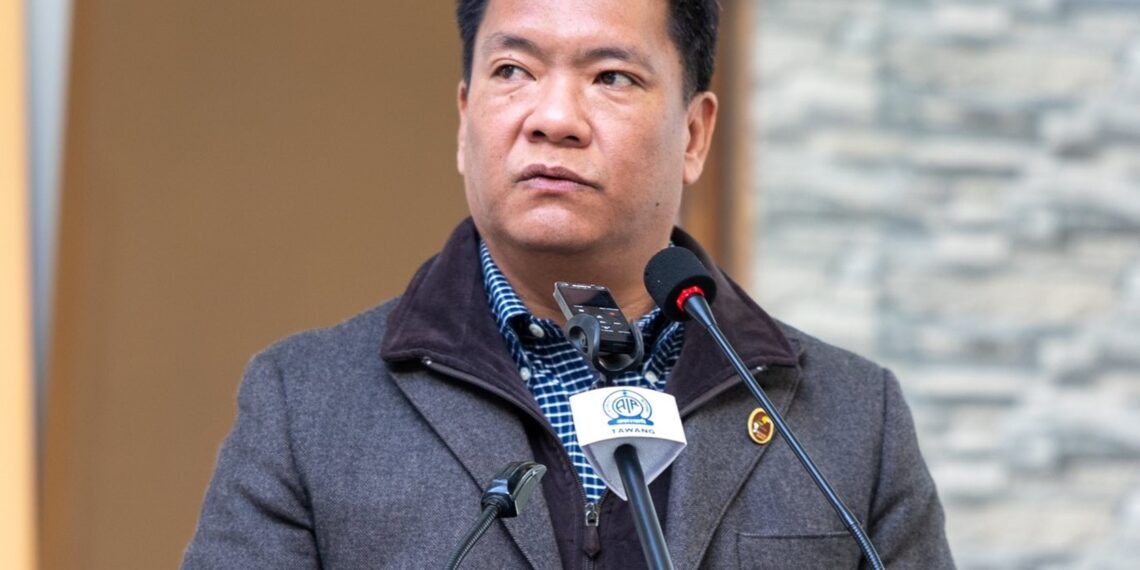New Delhi: Arunachal Pradesh Chief Minister Pema Khandu has voiced serious concerns over China’s ambitious hydropower project near the Indian border, warning that the structure could pose a severe threat to downstream communities in India’s northeast, likening it to a potential “water bomb.”
Speaking in an interview on Tuesday, Khandu highlighted the strategic and ecological implications of the dam China is constructing on the Yarlung Tsangpo River—known as the Brahmaputra once it enters India.
He described the project as more dangerous in the long term than conventional military threats from China, given its potential to jeopardize livelihoods, ecosystems, and the survival of indigenous communities along the riverbanks.
The dam, which China reportedly greenlit in 2024 as part of a $137 billion initiative, is expected to generate a staggering 60,000 megawatts of electricity, making it the world’s largest hydropower project to date.
However, Beijing’s lack of participation in international water-sharing treaties has left downstream nations, including India, with no formal mechanism to ensure regulated flow or ecological safeguards.
“Had China been part of international water agreements, such a project could have helped manage seasonal flooding in our region,” Khandu said, referencing the regular deluge experienced in Arunachal Pradesh, Assam, and even Bangladesh during the monsoons.
“Instead, the absence of binding protocols leaves us vulnerable. A sudden release of water from the dam could destroy the entire Siang valley,” he added, pointing specifically to the threat faced by local communities like the Adi tribe.
In response to the looming crisis, the Arunachal Pradesh government, in coordination with the Centre, has proposed the Siang Upper Multipurpose Project.
This initiative, Khandu explained, aims to act as both a defensive buffer and a sustainable water management system, safeguarding the region from unexpected water surges and ensuring long-term water security.
China’s construction site, located at a dramatic bend in the Yarlung Tsangpo before it flows into India, remains largely opaque in terms of progress or intent.
“They don’t share any data or plans. We suspect that construction may already be underway,” Khandu said.
To counter the risk, Khandu said the state government is in active talks with local communities and will soon hold awareness meetings to ensure public participation in safety planning.
“We can’t just lodge diplomatic protests and do nothing. Since we can’t control China’s actions, we’re focusing all our energy on preparedness and resilience,” he added.
Though no formal solution seems imminent, Khandu reiterated the urgency for India to bolster its own defences through infrastructure and local engagement.
“Water could become the next frontier of conflict. We must be ready,” he said.















